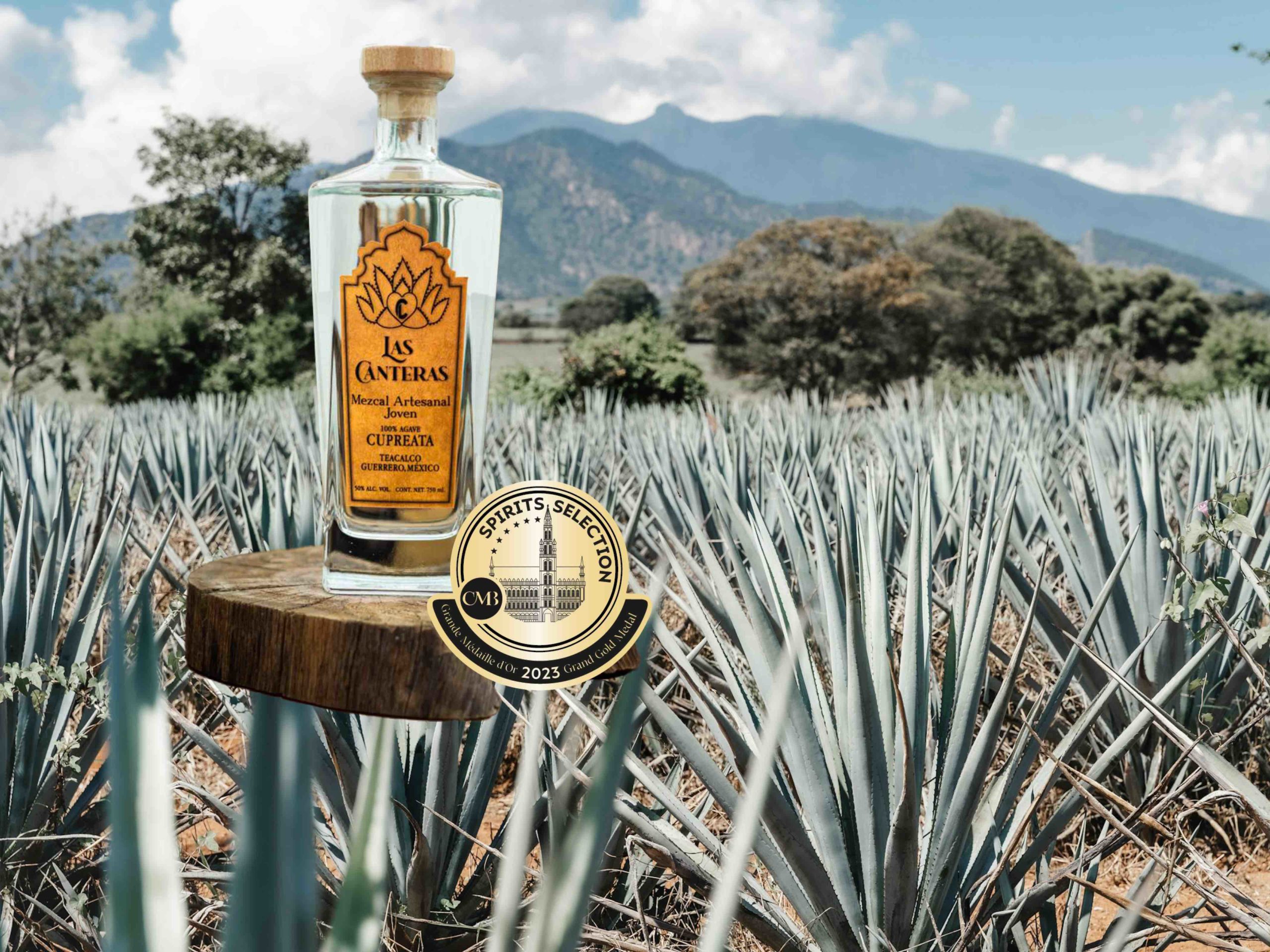The gin trend is well-established. But will gin continue to grow?
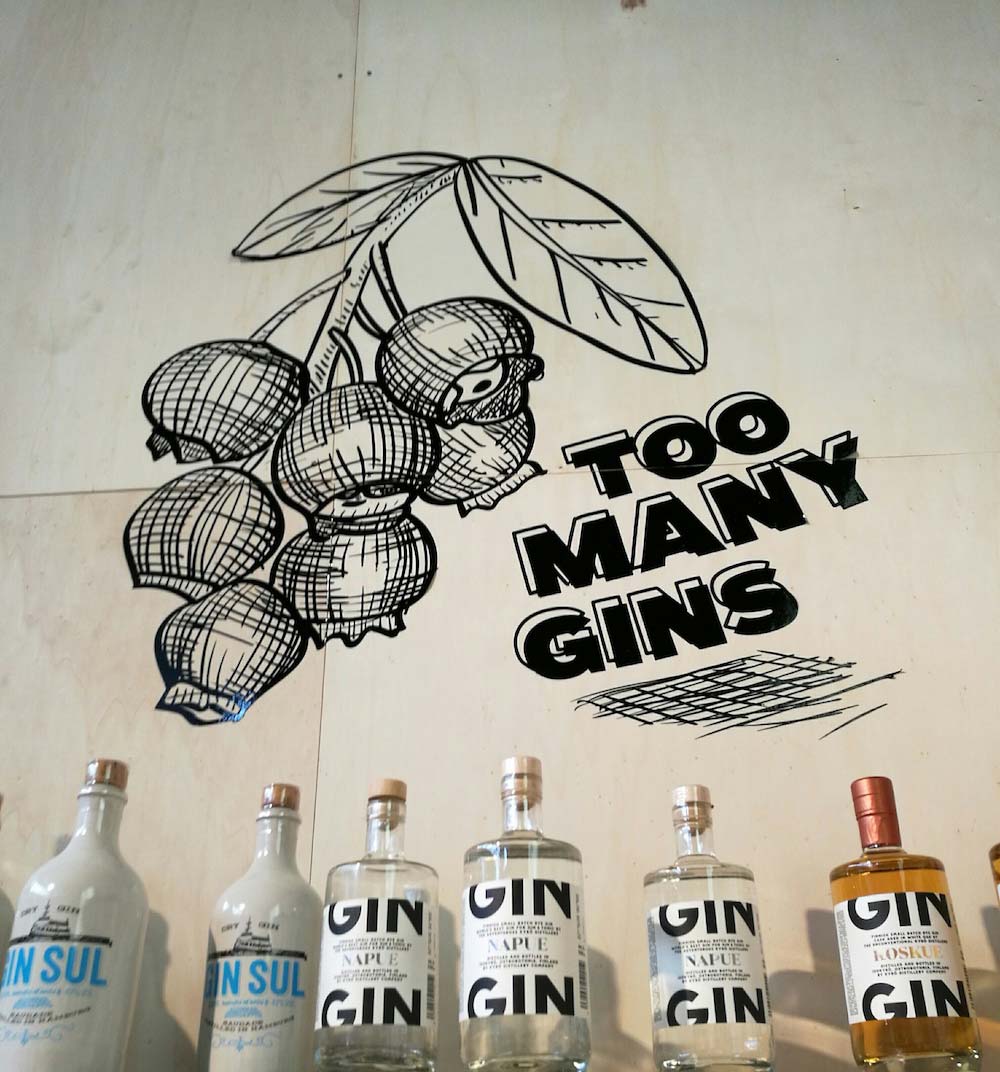
More than 1,000 gins are available in Belgium and the UK mirrors the same trend, with 51 million bottles sold in 2017. A lot of publications predicted a decline in gin sales in 2017 but last year’s results proved them wrong. Nevertheless, some still expect it to happen. New gins are hitting the market seemingly every day. A brand for a bar – every bar wants its own gin.
Why is gin so successful?
Gin is one of the rare spirits that appeals to women with interest in gin peaking every December. Christmas is a huge sales driver for spirits, and when it comes to picking a bottle as a present for a lady, gin is very often top of the list.
You can find gins everywhere, at every price point. Aldi and Lidl pretty much cornered the market for bargain gin in the UK last year.
While gin & tonic has always been fashionable in Spain, that trend has now gone global. The advantage of gin is that it is very easy to serve – you can never go wrong when mixing it with a premium tonic. The development and range of premium tonics has contributed strongly to gin’s success, thanks to Charles Rolls who was the first producer to develop a premium tonic (Fever Tree) after selling Plymouth Gin.
Gin & tonic is a favorite aperitif for many and is preferred to other spirits such as whiskies and rums. The new-found popularity of classic cocktails, including Negronis and Dry Martinis, is another contributory factor to gins’ success.
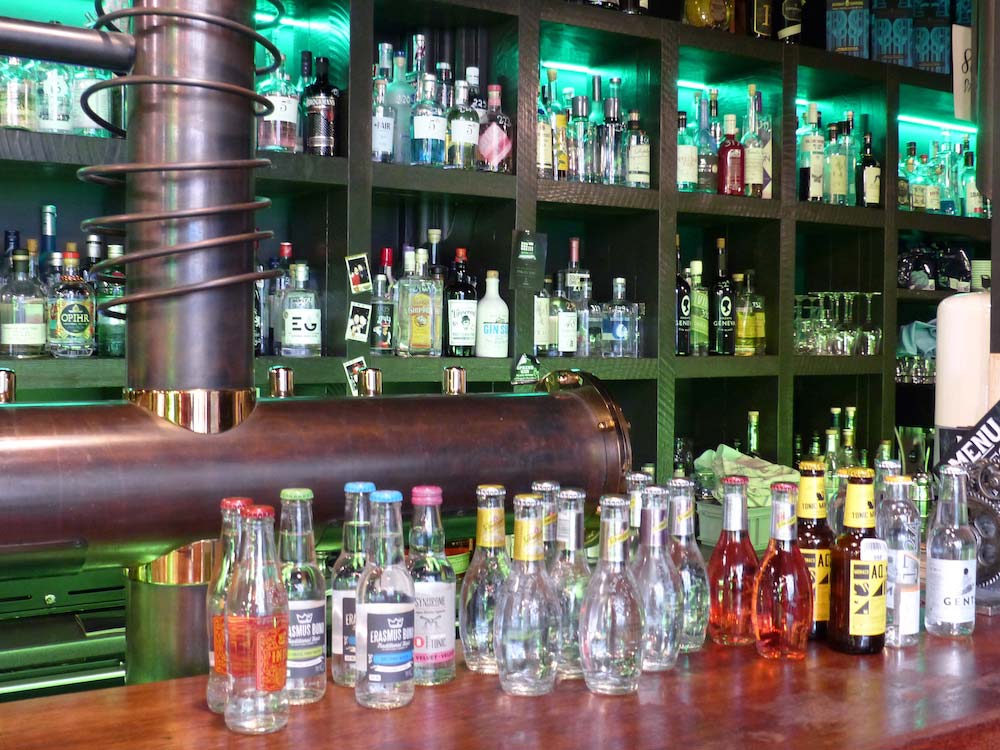
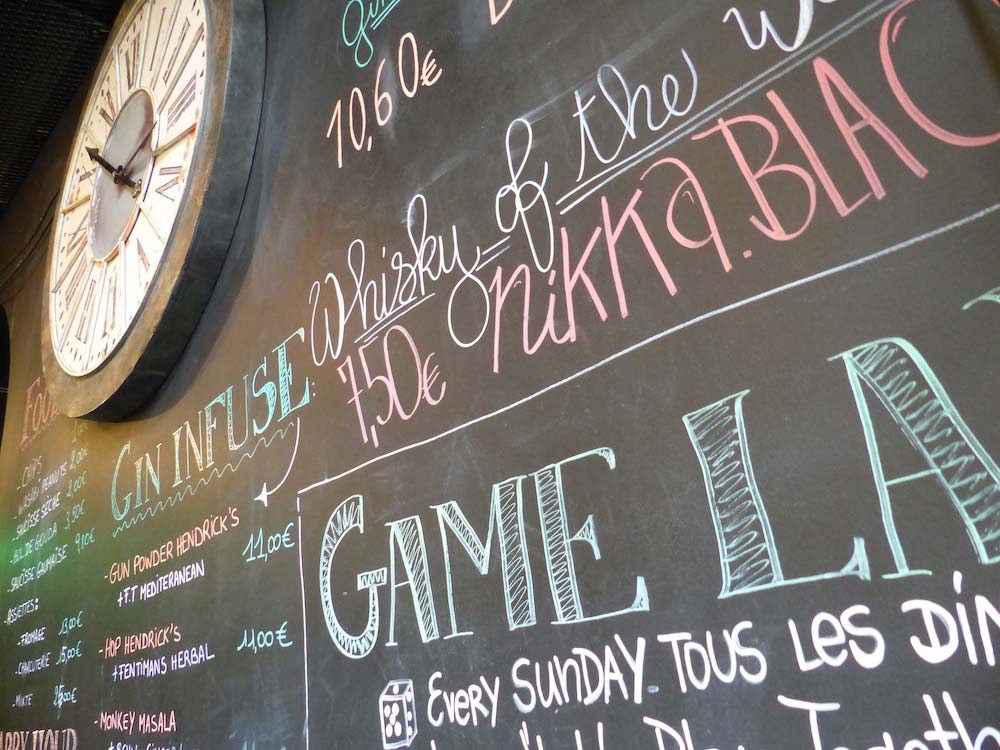
New trends in the gin category
Mature gins have not even begun to make an impact and one colour seems to have ignited the market – pink. Strawberry and raspberry gins are popping up like mushrooms on a foggy day. Japanese gin might be the next big hit. Ginger ale is becoming a drinking partner for gin, so is lemonade. Believe it or not, non-alcoholic gin is one of the more surprising breakout trends.
A gin ambassador in the UK told me recently “… in every bar visited, they claim they will extend the gin range, and they are developing menus specifically for gins….”.
The gin trend is well-established but some markets are beyond saturation point. Consumption will probably continue to grow slightly but new gins will struggle to find room on shelves or in bars.

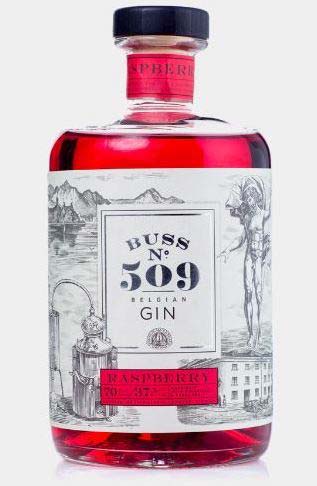
“With so many products, the gin category runs the risk of consumers becoming overwhelmed by options and ultimately gravitating back to the big market-leading names” says Ivan Dixon, from Harvey Nichols. “Many new brands will face distribution problems as distributors literally have no room within their portfolio to accommodate anything more. In essence, there are bound to be a lot of brands disappearing over the next 3-4 years, so it will be a case of survival of the fittest i.e. the brands that have a genuine point of difference in regard to branding, liquid and marketing”.
The situation might be different from one country to the next and new markets will probably support sales. For instance, “Indians are trying out new categories of spirits like never before” says Rojita Tiwari, beverage writer & drinks expert. “Among many other spirits, a wide range of gins now have a potential market in the country. This is the time when the well-travelled and learned Indian drinker is willing to experiment with various categories of spirits”. Some countries are still at the beginning of the gin vogue, such as France. The question is, can gin producers dream of penetrating the Chinese market?
Thierry Heins


